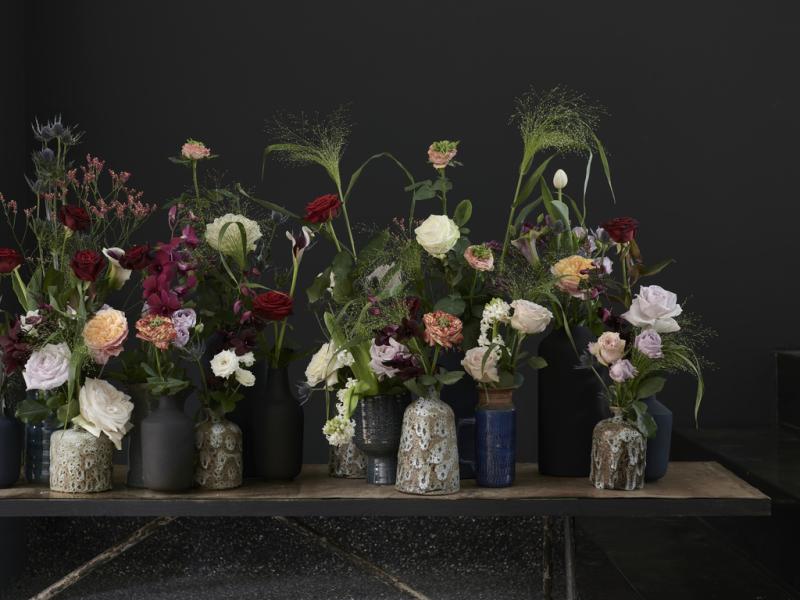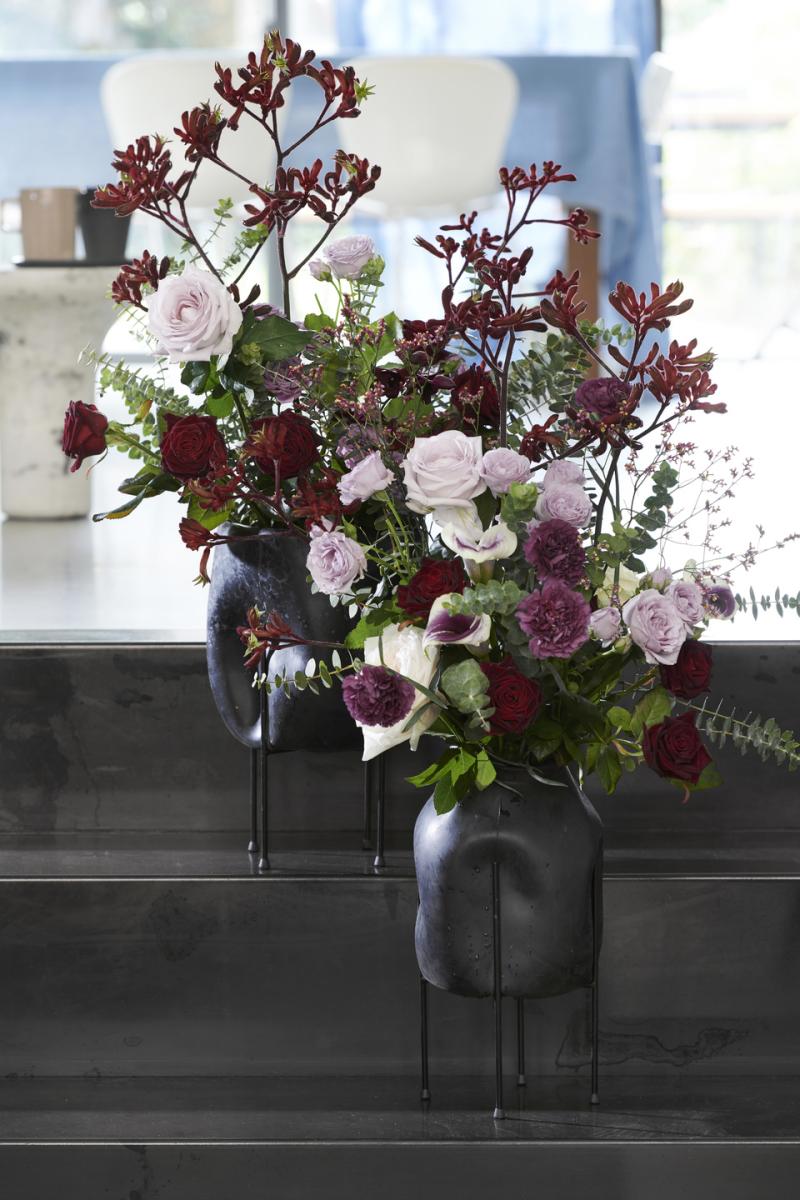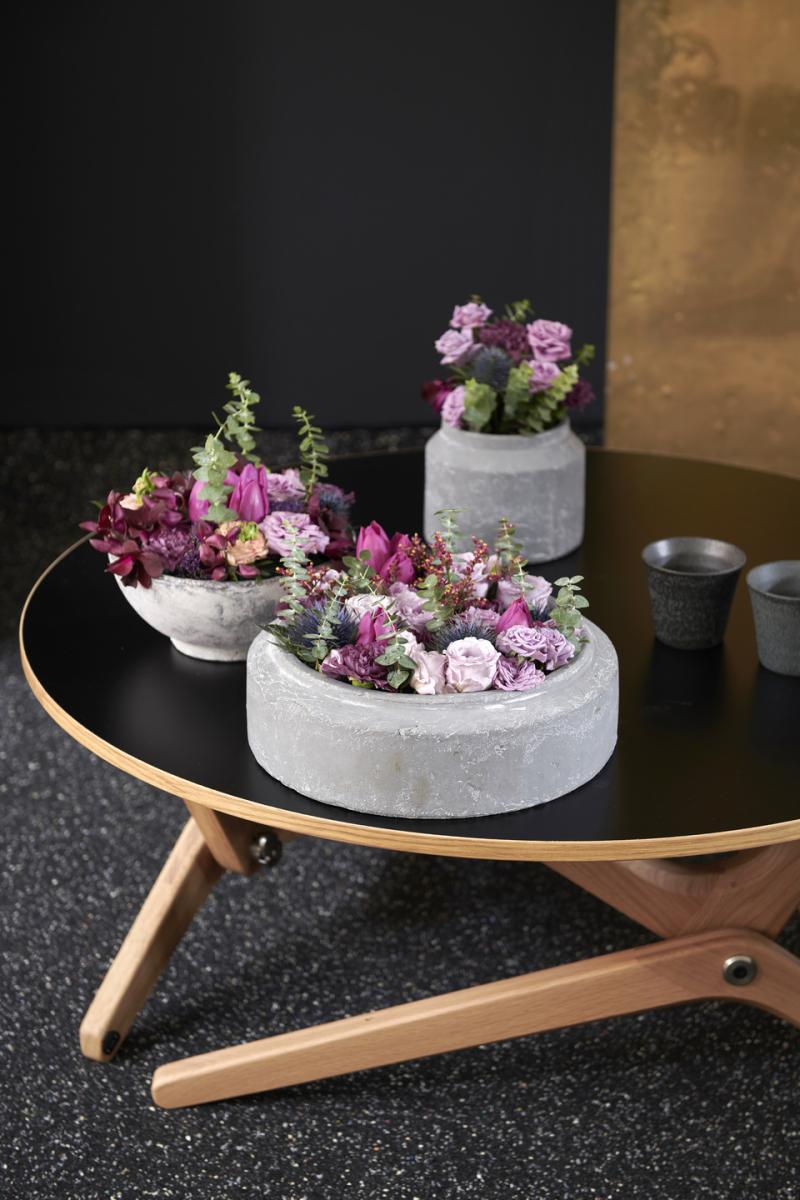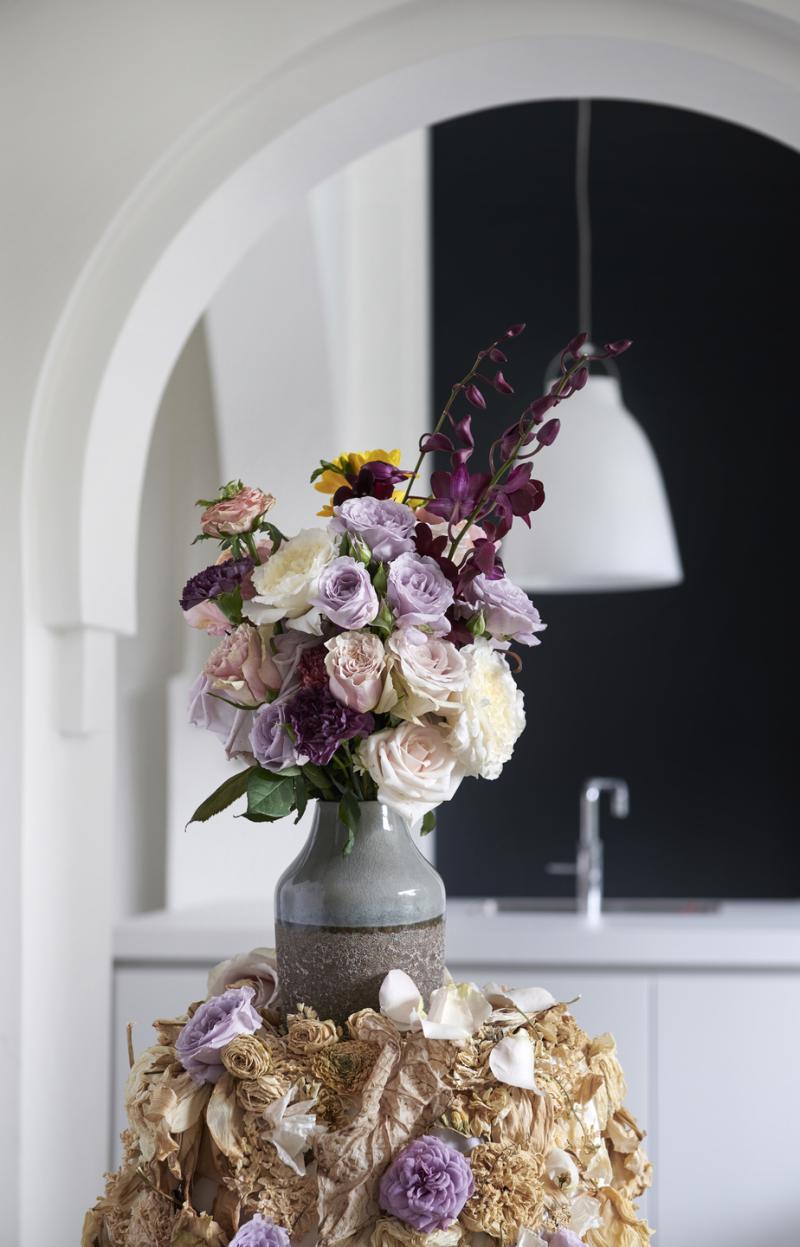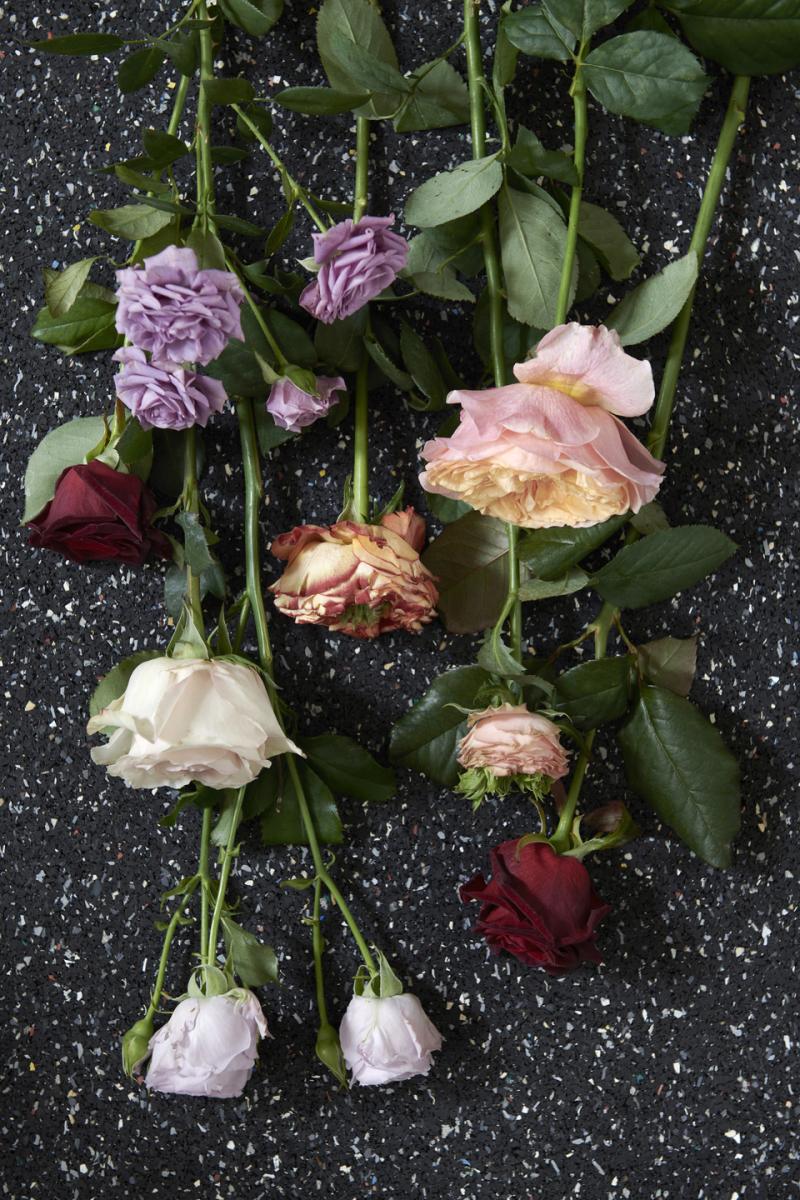Rose: In the February Flower Agenda 2019
As the undisputed number 1 amongst the cut flowers, roses provide colour, scent and beauty indoors in the month when nature is still only hesitantly getting started. This Valentine’s essential is a real stunner, available in many colours and shapes from a spray rose to a solo star. With new varieties being added every year to enhance arrangements and bouquets.
Origin
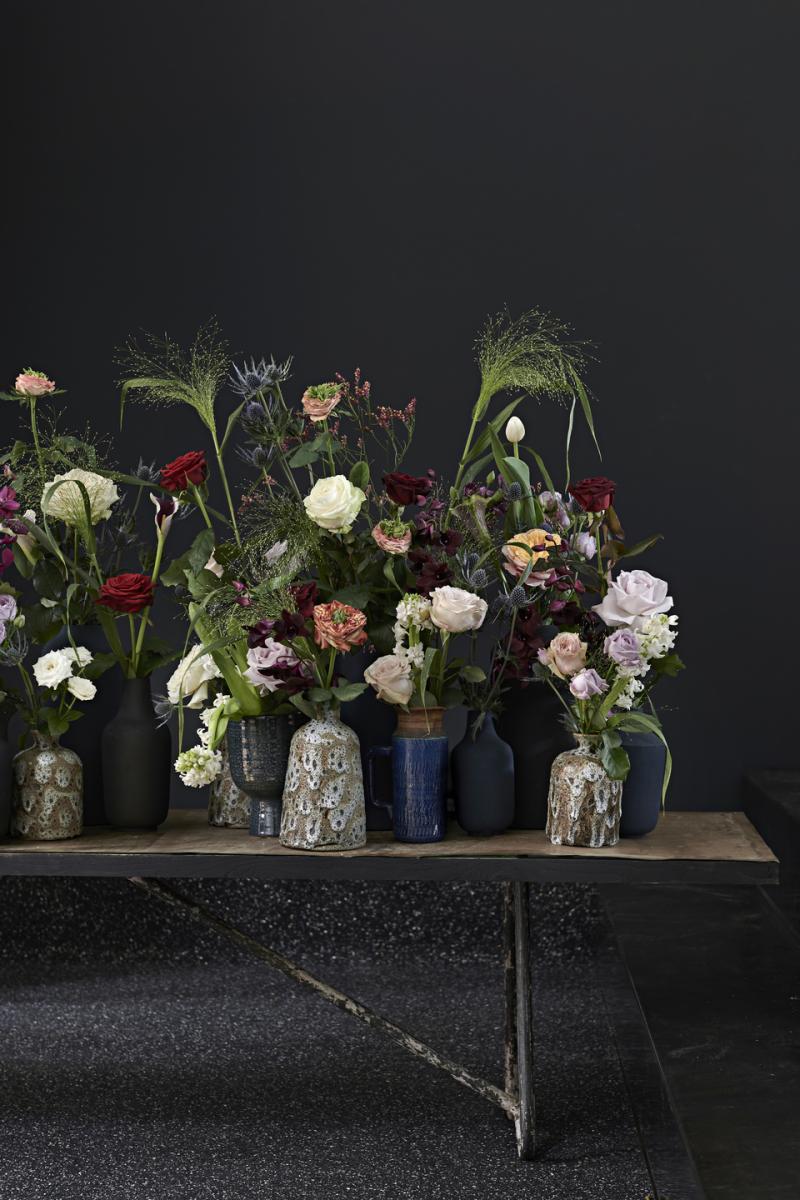
Assortment
The choice of over 600 varieties means that the range of roses is large and rapidly developing, with new cultivars added every year. Alongside classic single stem roses and spray roses, there are roses with ‘grass hearts’ where the base of the flower grows through the flower, and roses that resemble peonies. To make themselves stand out, increasing numbers of rose growers offer unusual colours and shapes alongside their classics.
Valentine à la carte
In these times of diversity, it’s a nice idea to adopt a more open approach to Valentine’s Day.
- For those who love the classics there are always red roses, possibly mixed with white.
- For a more modern approach mix red roses with pale pink and bright pink roses.
- Love between BFFs: pale pink roses or mixed roses in all colours.
- Committed LGBT+++ love: rainbow roses!
- Millennial and centennial love: a field bouquet with grass heart roses.
What to look for when buying roses
- The length and thickness of the stem, the bud height and width and the number of petals must be in proportion.
- The leaves must be fresh and firm. The presence of thorns depends on the cultivar, from heavily thorned to virtually thornless.
- If flowers have been harvested when they are too unripe, too little energy has been stored in the petals for the flower to open. This varies according to the cultivar. Buying at the right stage of ripeness is therefore very important in order to offer the customer a rose that fully opens when placed in water.
- Production conditions, the cool chain and transport from the country of origin play a major role in shaping the quality of roses.
- When buying it is important that the rose is free of pests and diseases such as powdery mildew or botrytis, a fungus that will rapidly diminish the rose’s quality.
Care tips for professionals
- Use vases or containers that have been thoroughly cleaned, and use clean tap water. Add cut flower food to the water in the correct concentration. Special rose food is best.
- Remove the leaves that could end up under water from the stern to prevent the growth of bacteria. If possible leave the thorns on the stems. Wounds on the stem will encourage the growth of bacteria, which will affect the vase life.
- Cut approximately 3 to 4 centimetres off the bottom of the stem with a clean and sharp knife or secateurs. Then place them in a vase or bucket immediately.
- Regularly check the water level and top up where necessary. Keep the roses away from sources of heat such as heaters or the sun. Never get the rose flowers wet with a plant spray; this will encourage the fungus botrytis.
- Roses can be stored in the cold store at 2 to 4°C. However, ensure that the roses cannot get damp due to excessive humidity or from condensation on the cellophane. This will also encourage the fungus botrytis.
Display tips for professionals
A good display can significantly boost sales of roses. Present them by colour with other flowers - pink is a trend colour in 2019 - and make use of the luxury packaging offered by some growers in order to protect the roses while simultaneously emphasising their special status. A bit of space around the flowers literally gives the customer room to make their choice. Customers like roses in mixed bouquets (bestsellers to take away) and in mono bouquets and arrangements (for special occasions). Because roses are well-known cut flowers, it can be useful to offer them in creative forms as well: floating in glass hangers on an Easter branch, cut short and divided across a collection of small vases, or as a luxury element in a field bouquet.
Care tips for customers
- Place roses in a clean vase with clean water.
- Add cut flower food to the water for a longer vase life.
- Trim 3-5 cm off the stems diagonally with a sharp and clean knife.
- If possible, leave the thorns on the stems.
- Regularly top the vase up with tap water.
- Do not place roses in a draught, in full sun, near a heater or beside the fruit bowl.
Inspiration & information
Inspiring images of every flower on the Flower Agenda have been produced in line with the Horticulture Sector Trends 2019 (Groenbranche Trends 2019). These trends are a translation of the latest consumer trends and are specifically aimed at the horticulture sector for use both indoors and outdoors. If you would like to find out more about the Flower Agenda, click here.
Image credits
The rose will be in the Flower Agenda in February 2019. You can download and use these inspirational images free of charge if you credit Funnyhowflowersdothat.co.uk.
Instagram: @howflowersdothat
Facebook: @funnyhowflowersdothat
Twitter: @flowersdothat

